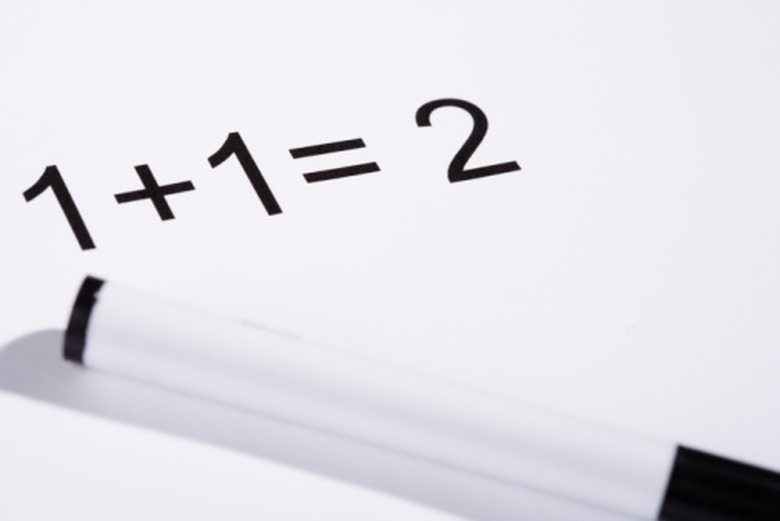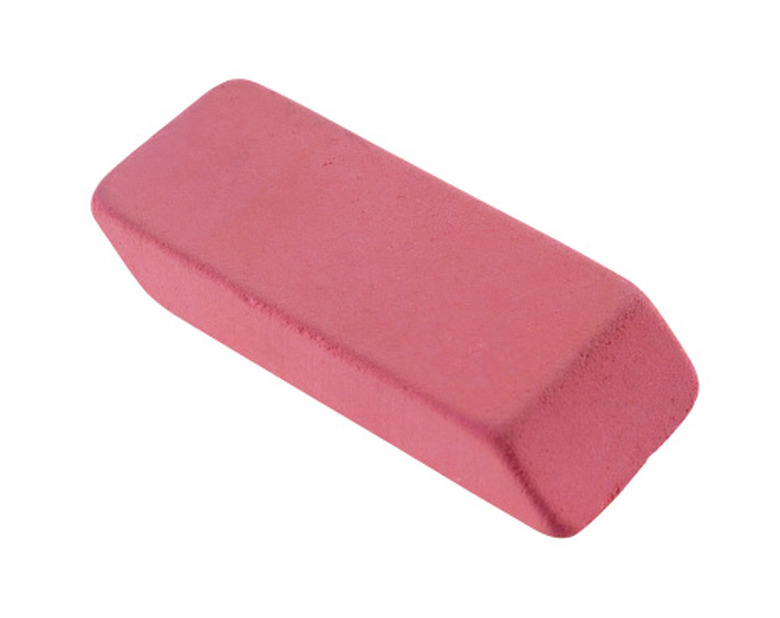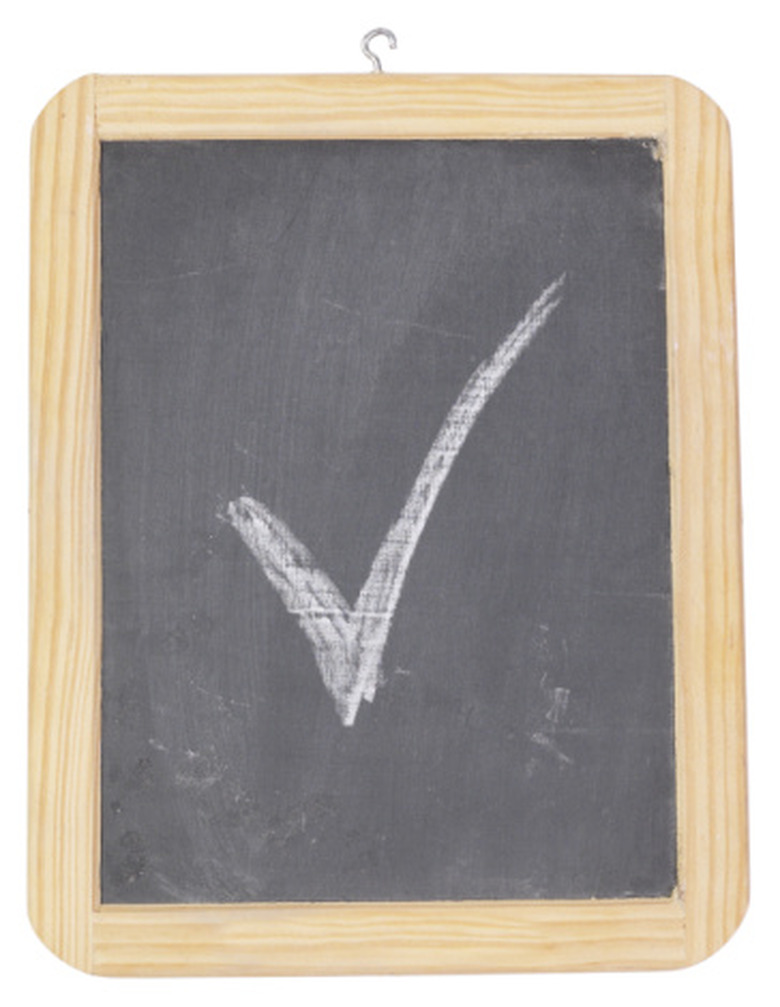How To Add Parentheses To Make A Statement True
Parentheses are used in math equations to prioritize the order in which a problem must be solved. Use the basic principles of math to determine where parentheses should go when completing an equation and learn to apply the basic fundamentals of math to break down a multi-step equation, turning a complicated question into a simple one.
Step 1
Write out the equation on a piece of paper in large, easy-to-read numbers to prevent unnecessary errors from sloppy handwriting. Our equation will be 1+2x3-4=-3. Make sure all symbols are easy to read, and recheck your equation before beginning to ensure all information has been written correctly.
Step 2
Put parentheses around the first two numbers provided to create an equation; in this case (1+2) x 3-4. Use PEMDAS to determine the order of operations. PEMDAS, or Please Excuse My Dear Aunt Sally, is an acronym signifying the correct order that all math equations should be solved with. P is for parentheses, E is for exponents, M is for multiplication, D is division, A represents addition and S is for subtraction.
Step 3
Work out the problem in the parentheses, (1+2). Take the answer, 3, and complete the equation, moving from left to right. So, multiply 3 by 3 to get 9. Subtract 4 from 9 to get 5. Parentheses are incorrect around the first two numbers of the equation because your answer is not -3.
Step 4
Rework the problem by putting parentheses around the next two numbers in the equation; 1+ (2x3) – 4. Work it out using the PEMDAS order of operations. You answer will be 3 and still incorrect. Move the parenthesis to go around the last two numbers of the equation; now your answer will be -3.
Step 5
Check your answer. Write out your equation, and do it again to ensure all math was done correctly and in the right order.
Things Needed
- Pencil
- Paper
TL;DR (Too Long; Didn't Read)
Review equations before beginning to get an idea of where your parentheses should go. In this case, your answer was negative. Therefore, the best guess for parenthesis would have been around the last two numbers, because it guaranteed a negative number in the equation.
Cite This Article
MLA
Holden, Jillian. "How To Add Parentheses To Make A Statement True" sciencing.com, https://www.sciencing.com/add-parentheses-make-statement-true-8326956/. 24 April 2017.
APA
Holden, Jillian. (2017, April 24). How To Add Parentheses To Make A Statement True. sciencing.com. Retrieved from https://www.sciencing.com/add-parentheses-make-statement-true-8326956/
Chicago
Holden, Jillian. How To Add Parentheses To Make A Statement True last modified August 30, 2022. https://www.sciencing.com/add-parentheses-make-statement-true-8326956/





